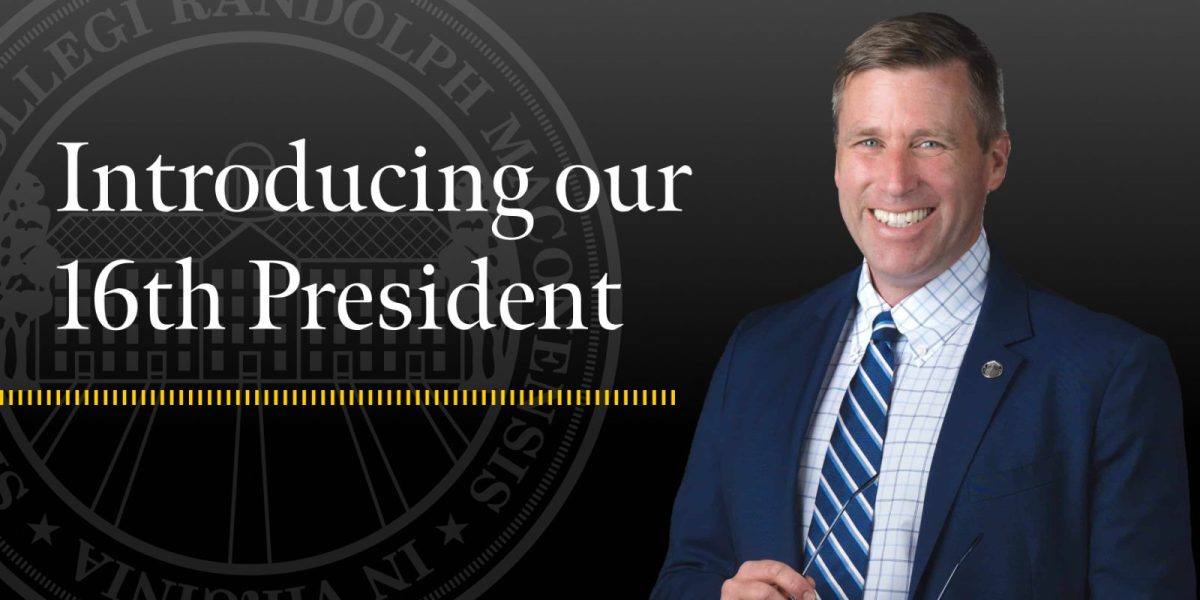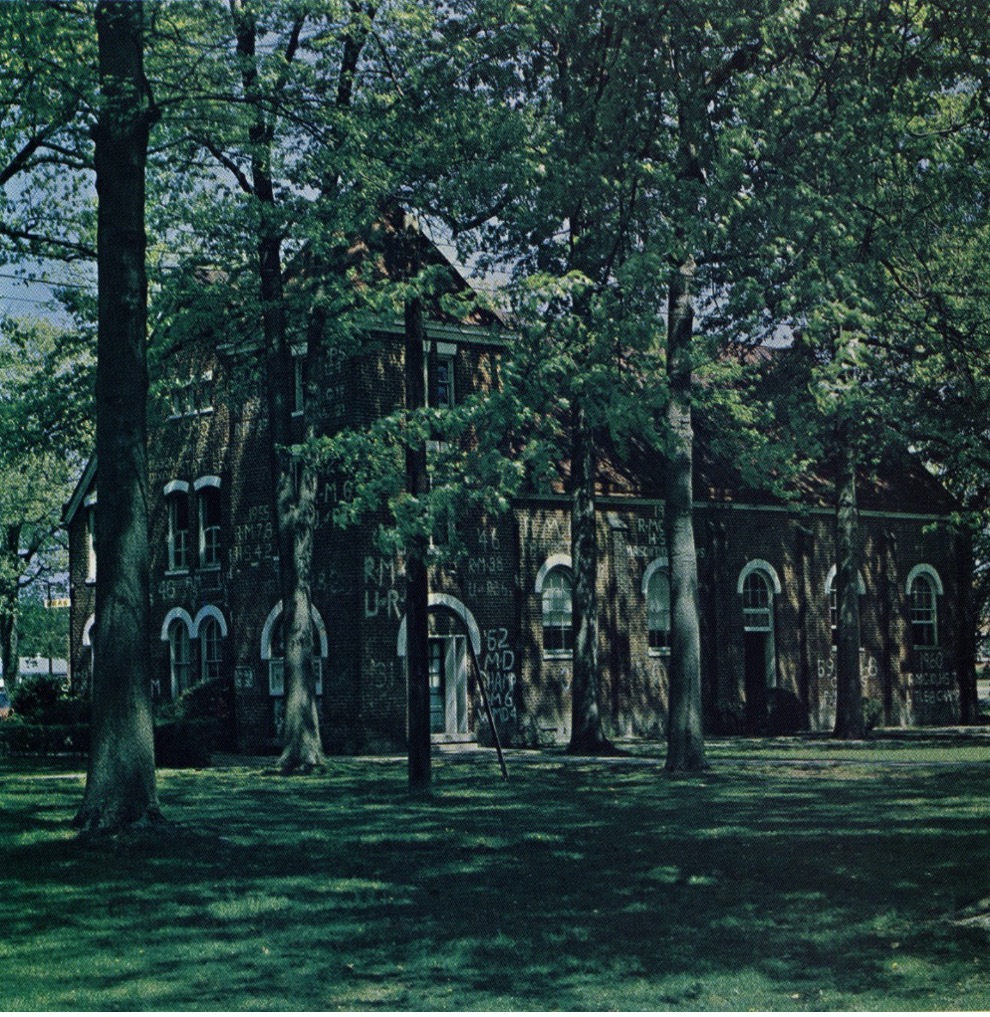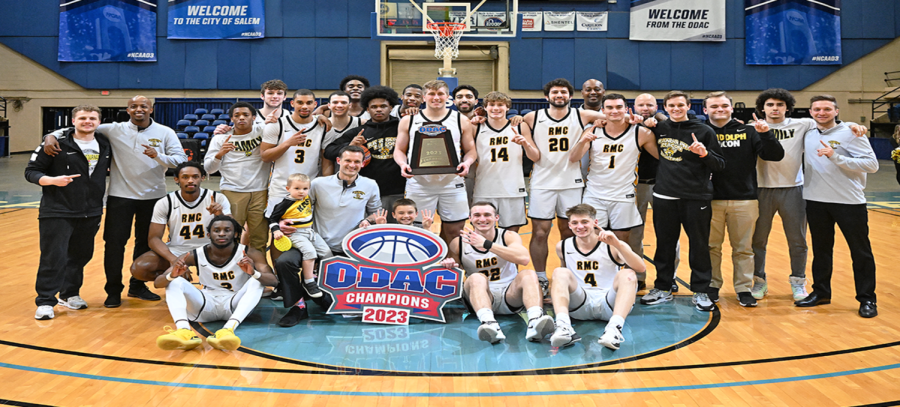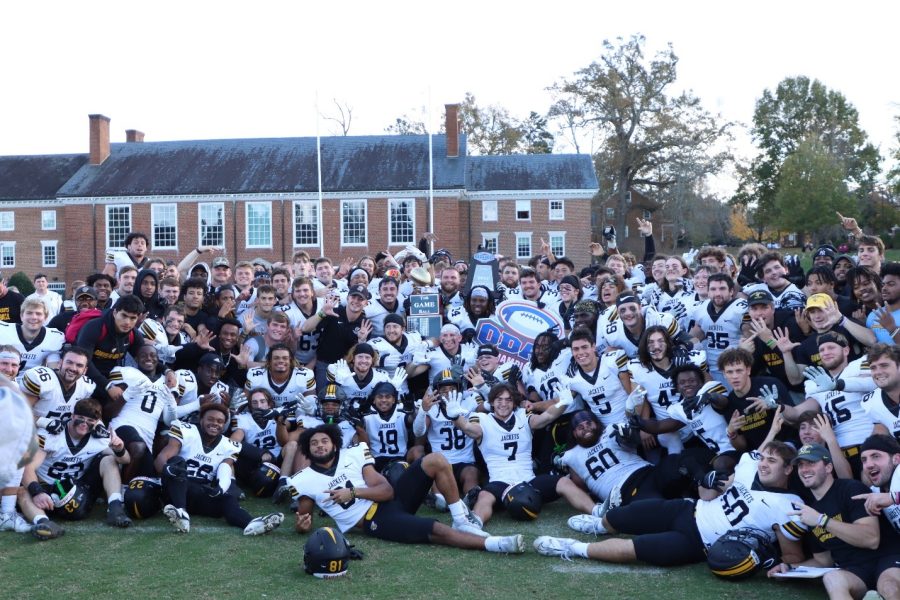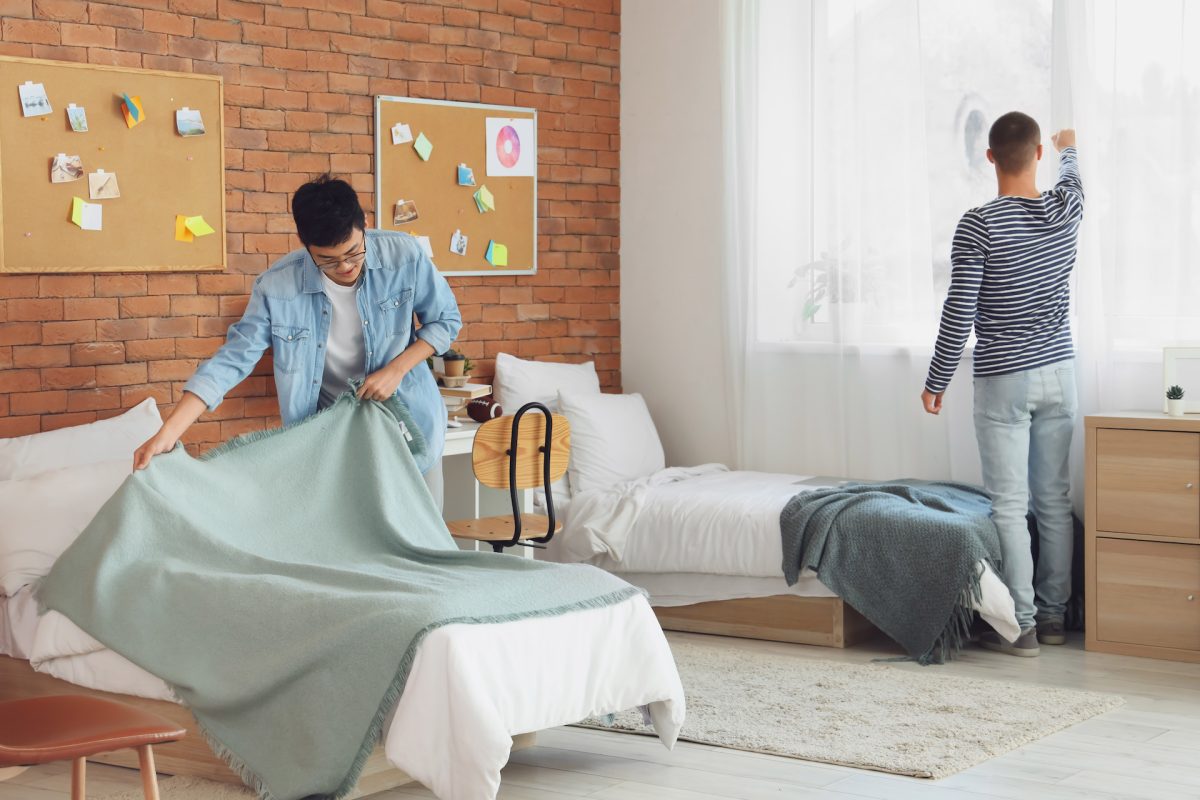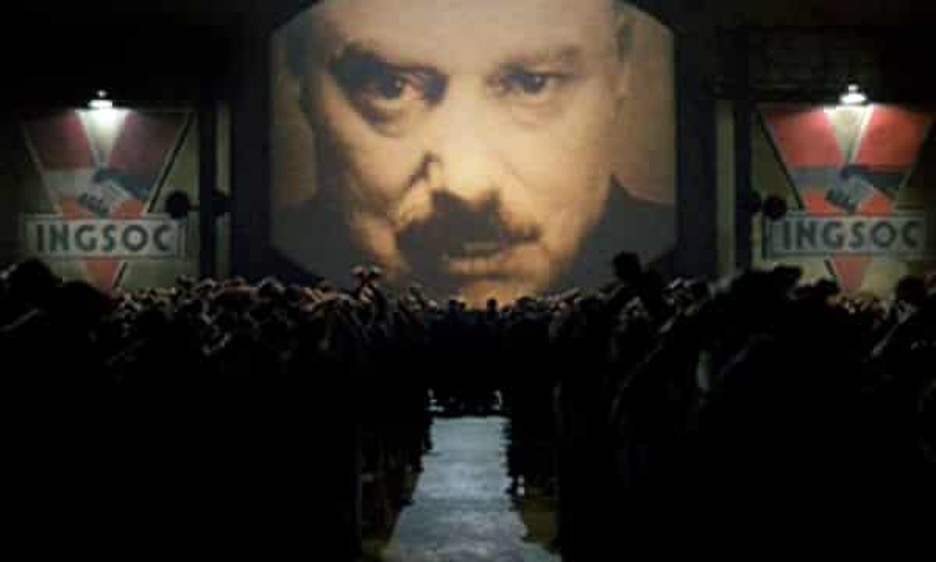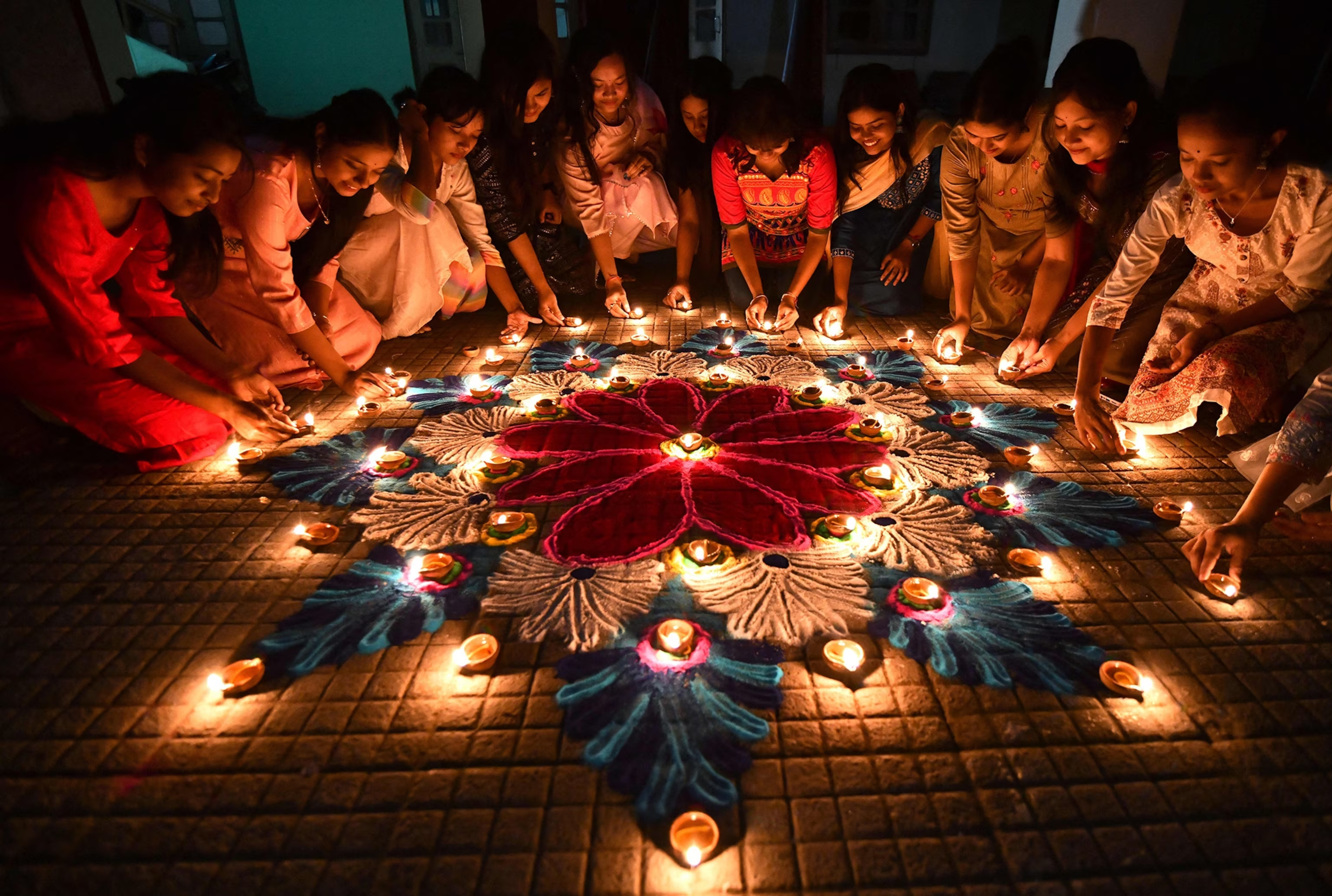Virginia’s public schools have addressed the concerns of parents, educators, and health professionals regarding the widespread and excessive use of cell phones among impressionable adolescents. Executive Order 33 (2024) puts into effect restrictions on cell phone use in K-12 schools. The Executive Order directs Virginia Governor-appointed officials in the fields of education and health to “take immediate actions to protect the health and safety of students in Virginia’s K-12 public schools by issuing guidance on the establishment of cell phone free education policies and procedures.” The importance of the initiative, as stated in the order’s official document, is apparent as teachers, parents, and health professionals – just to name a few – continue to express their concern regarding the decrease in mental and physical health, as well as academic development in adolescents. These outcomes are impelled by the substantial amount of time adolescents spend using social media while at school.
In the ‘Directive’ section of Virginia Executive Order 33 (2024), it is stated that the Secretary of Education, Secretary of Health and Human Resources, the Superintendent of Public Instruction, and the State Health Commissioner are to gather public feedback on the best practices currently used in VA schools, determine an age-appropriate plan (i.e. different guidelines for elementary, middle, and high school), and to publish a draft version of the guidelines that are to be adopted by schools so that they are available for educator and parent feedback. As of today, the policies outlined by the EO are set to take effect on January 1, 2025. Assuming all directions are followed and well-executed, Virginia’s K-12 public schools will impose effective and age-appropriate restrictions on cell phone use during school hours. As of now, the policy is that cell phones are to be put away during all school hours, including lunch.
Generally, excessive cell phone usage in schools is a major distraction. Although there have been attempts in the recent past to incorporate cell phone use into the classroom as a method of learning (such as interactive quizzes or games), the distraction that comes with allowing students to use cell phones in school seems to outweigh any potential benefits that they may bring into a classroom. When students’ minds are preoccupied with cell phone use, they aren’t engaged in what they’re learning and miss important information during school.
The new policies regarding cell phone use in schools also have great potential to reduce the negative mental health impacts that today’s adolescents face in the wake of widespread social media usage and addiction. Too much exposure to social media can reduce attention span, which directly impacts academic performance. Since much of today’s social media consists of fast paced, short-form content that’s designed to addict, it shortens the attention span of those who consume it often. This short-form media provides a constant stream of dopamine hits that a high school lecture just doesn’t offer. Not to mention, the fact that it is in a short-form style allows it to be consumed quickly and in larger quantities. This is important to note, since social media can impact the sense of self-worth of impressionable children and young adults. An impacted sense of self-worth attributes to poorer overall wellbeing, which also in turn affects performance in school.
Executive Order 33 (2024) is a step in the right direction to curb the negative effects that come from too much cell phone use in school.

